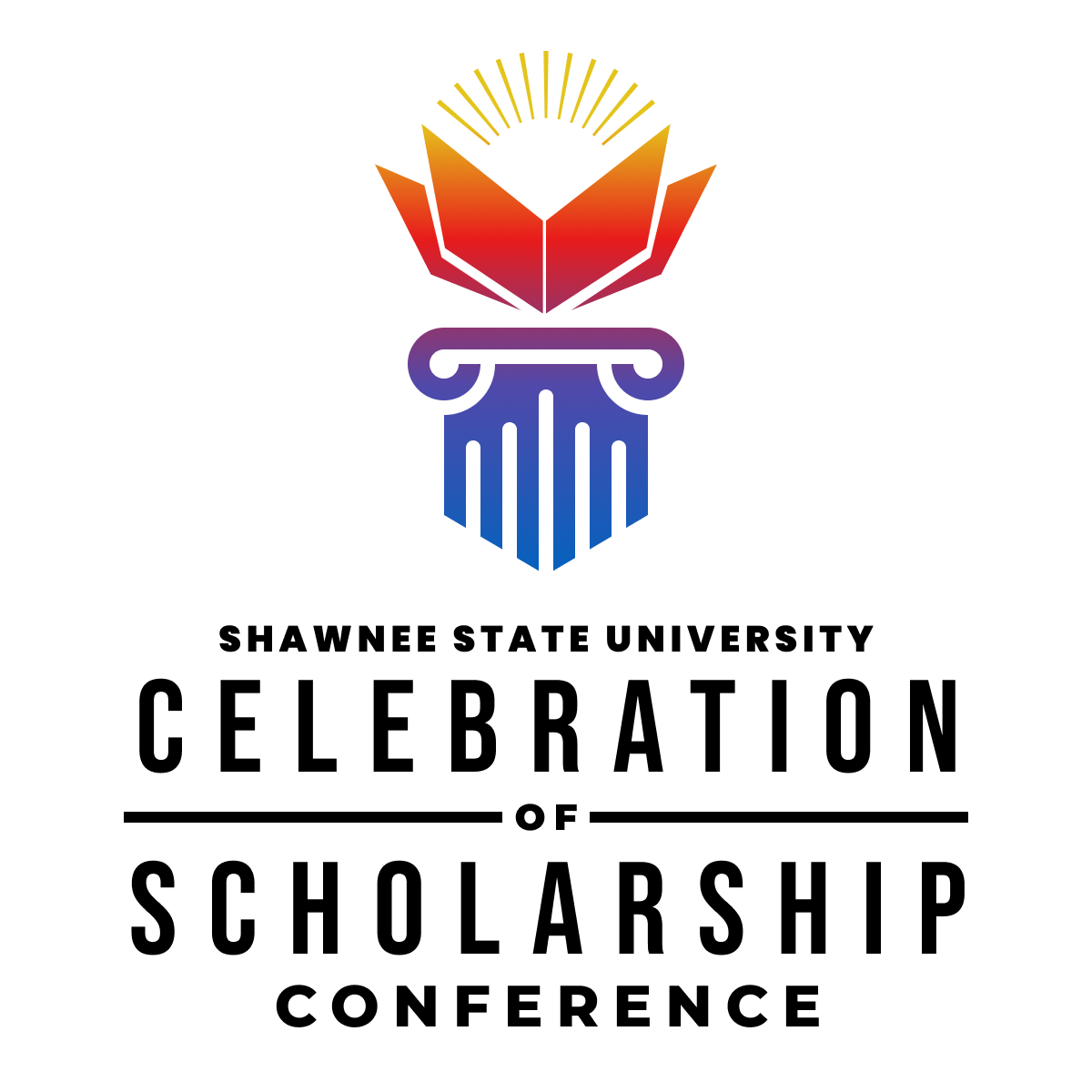
Recorded Presentations
Loading...
University
Shawnee State University
Major
Adolescent to Young Adult Education: Integrated English Language Arts
Presentation Types
Oral Presentation (Live)
Keywords:
visual literacy, English language arts, secondary education, adolescence
Abstract
In order to supplement secondary students’ interpretations of complex literature, visual literacy strategies enable students to associate, and create, symbolic meanings within a literary text. Visual literacy promotes a deeper understanding of abstract aspects of literature, including figurative language and characterization, so students can evaluate the effectiveness of particular visuals (e.g. film adaptations) in relation to the written word. This evaluation skill propels students forward and higher on taxonomies which are constantly evolving like that of Benjamin Bloom (Marshall & Donahue, 2014). These skills derive from the trend that contemporary secondary students, especially those in rural areas, lack an “understanding of culture and diverse perspectives” (DeFauw & Taylor, 2015). Thus, visual literacy allows students to heighten their engagement and self-reflection with literature, resulting in students moving beyond initial (and temporary) reactions and associating plot details on the page with a canvas or film screen…and socio-cultural significance within their own lives.
Human and Animal Subjects
yes
Faculty Mentor Name
Dr. J.R. Roush
Faculty Mentor Title
Associate Professor
Faculty Mentor Department
School of Education
Recommended Citation
McLaughlin, Samantha, "When We See: Incorporating Visual Literacy into the English Language Arts Classroom" (2023). Celebration of Scholarship. 8.
https://digitalcommons.shawnee.edu/cos/2023/Day3/8
When We See: Incorporating Visual Literacy into the English Language Arts Classroom
In order to supplement secondary students’ interpretations of complex literature, visual literacy strategies enable students to associate, and create, symbolic meanings within a literary text. Visual literacy promotes a deeper understanding of abstract aspects of literature, including figurative language and characterization, so students can evaluate the effectiveness of particular visuals (e.g. film adaptations) in relation to the written word. This evaluation skill propels students forward and higher on taxonomies which are constantly evolving like that of Benjamin Bloom (Marshall & Donahue, 2014). These skills derive from the trend that contemporary secondary students, especially those in rural areas, lack an “understanding of culture and diverse perspectives” (DeFauw & Taylor, 2015). Thus, visual literacy allows students to heighten their engagement and self-reflection with literature, resulting in students moving beyond initial (and temporary) reactions and associating plot details on the page with a canvas or film screen…and socio-cultural significance within their own lives.

